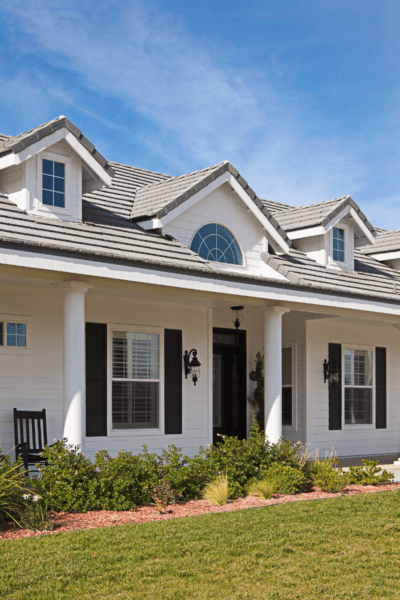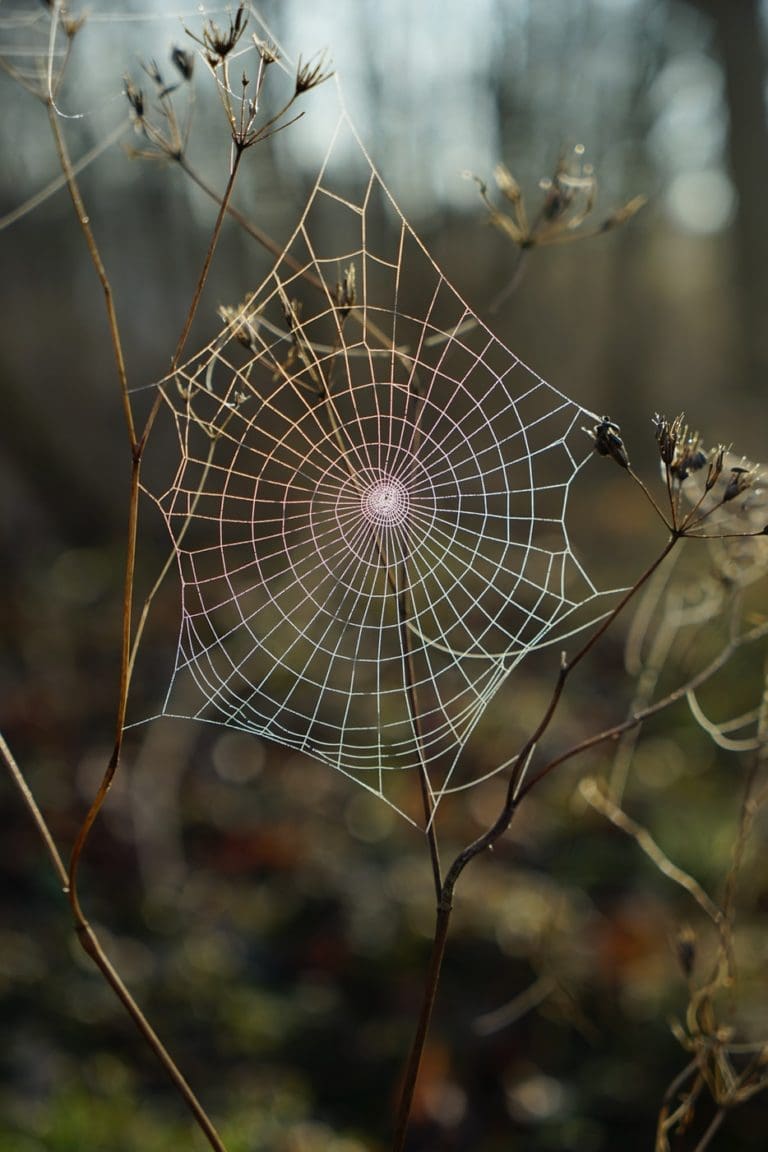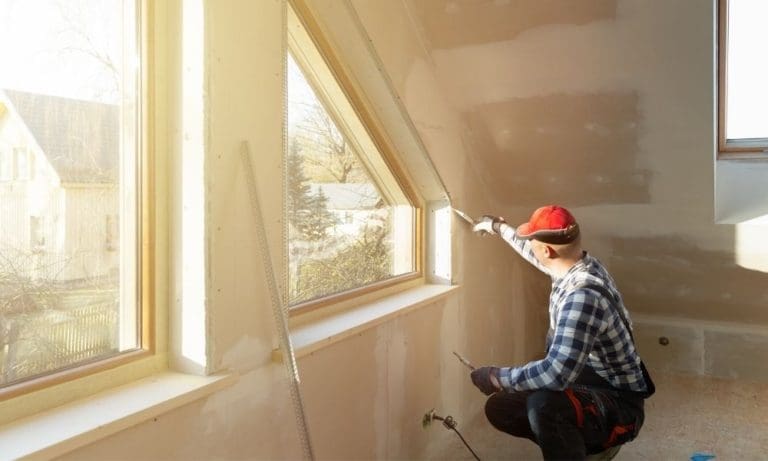Tips in Enhancing Your Place

You must wonder how landscape architecture works and how it can improve your place. The answer is calming and therapeutic. The process of landscape architecture is a combination of planning, preparation, and implementation. You can hire landscape experts like stonework Memphis TN. This results in a blissful experience for you and your guests. Here are some tips that can help you design your landscape. Adapting these tips in enhancing your place will help you create a beautiful outdoor space that will make your guests envious.
Plan for Landscaping
Before tackling the task of landscaping your place, you must take a look at your property’s documents. The deed map should outline the property’s dimensions, including the size of the house and other existing structures. This information can be found at the local record office. It also includes the location of underground utilities, such as water and sewer lines. You should also consider the plants, flowers, and other landscape elements you would like to include in your design.
Once you have these essential details, you can start planning the landscaping process. First, decide which aspects of the Commercial Landscape Design process you want to improve and what you are willing to spend. Next, you must plan for the project to be successful. It’s best to start by considering how much time and money you’re ready to spend maintaining the yard. Identifying how much you’d be willing to spend on landscaping will help you decide how much effort you can devote.
Plan for Multifunctionality
Landscape design for multifunctionality has evolved over the past decade. To be multifunctional, landscapes must perform multiple functions. No single measure of multifunctionality exists, but many studies base their results on biodiversity indicators and landscape ecology. However, the lack of standardization can complicate the interpretation and comparison of results. This article aims to introduce some critical elements of multifunctional landscape design. We will start by identifying the factors that determine multifunctionality.
First, consider the land use diversity of the site. The land use diversity of the landscape impacts its multi-functionality. Landscapes with different land use types tend to provide different ecosystem services. Therefore, landscape design should consider the functions of the ecosystem and the demands for its services. For example, a landscape with most agricultural land should be more multifunctional than a landscape with a small proportion of agricultural land.
Plan for Simplicity
Planning for simplicity in landscape design means keeping the details minimal. A simple landscape has fewer plants, fewer lines, and fewer arrangements. You can get help selecting plants from a local garden center. Plants should have a functional purpose. Simple landscaping can be both beautiful and low maintenance. The following are some examples of simple landscaping ideas. Simply put, simple landscaping is low-maintenance and requires less maintenance. The following landscape designs are a great place to start.
The first step in planning for simplicity is identifying plants. Your plan is useless if you don’t know what kind of plant you want to plant. Keying your landscaping plans is time-consuming, but it’s essential. Without keys, you might forget which plants are being used. Make sure you note down the sizes, scientific names, and several plants. If you plan to plant trees, don’t forget to put their scientific names on the key. Trees take years to establish, so plan for simplicity in the first place.
Plan for Sustainability
Native plants can be a focal point of a sustainable landscape plan. They grow seasonally and require minimal maintenance while yielding a bounty of fresh produce. Not to mention, native plants reduce your carbon footprint, as you won’t have to drive to the store for fresh produce. Listed below are some ways to implement sustainable landscape practices. Let’s get started! To start with, consider using native plants in your landscaping design.
Natural rocks are a great way to protect your beds, create low-maintenance pathways, and enhance water flow throughout your property. Solar lights are also a great addition to a sustainable landscape design, as they provide outdoor lighting that doesn’t involve energy costs or a corresponding maintenance schedule. Solar lights provide enough light for a whole night’s sleep. And if you need light at night, you can use them instead of electrically wired lights.
Another aspect of sustainable living is incorporating renewable energy sources like solar power for home use. Installing solar panels on your property can significantly reduce your reliance on traditional energy sources, lower your electricity bills, and contribute to a cleaner environment. Consider exploring the benefits of solar power for your home to enhance the sustainability of your household further.
Plan for Longevity
Several factors to consider when planning for your new landscape design, including its overall success. According to horticulturist Jerry Goodspeed of Utah State University, most landscape plants fill their assigned area within the first five years of their life. However, they may outgrow their space and crowd the area after ten years. Considering these factors, planning for longevity when landscaping your place is vital. Professional landscape designers can assess your plants’ health and longevity and develop an enhancement plan.









